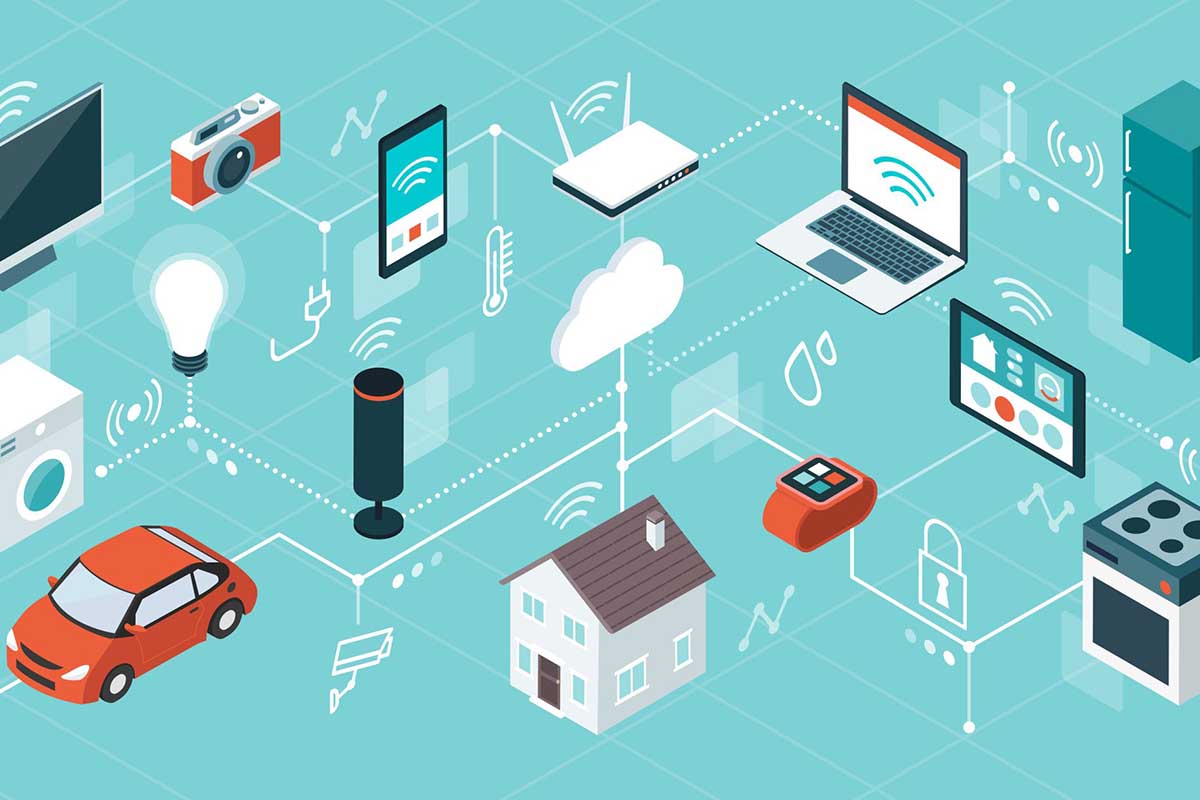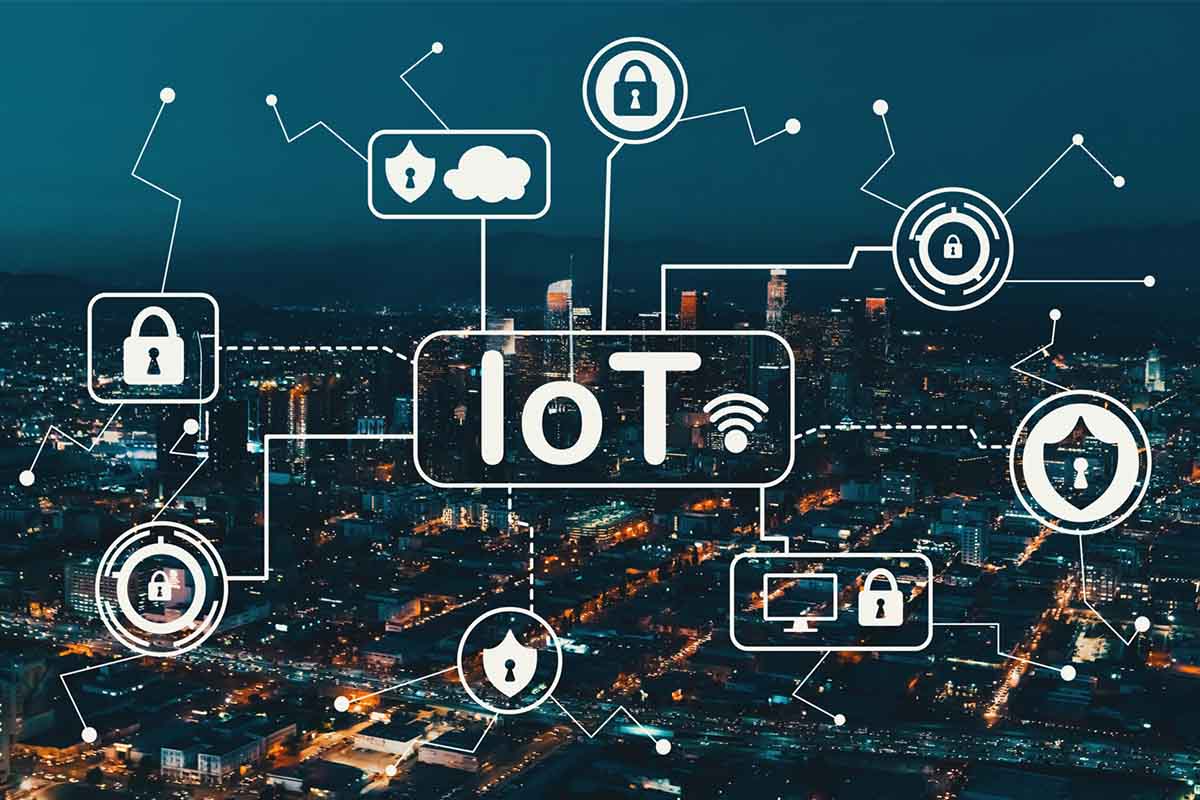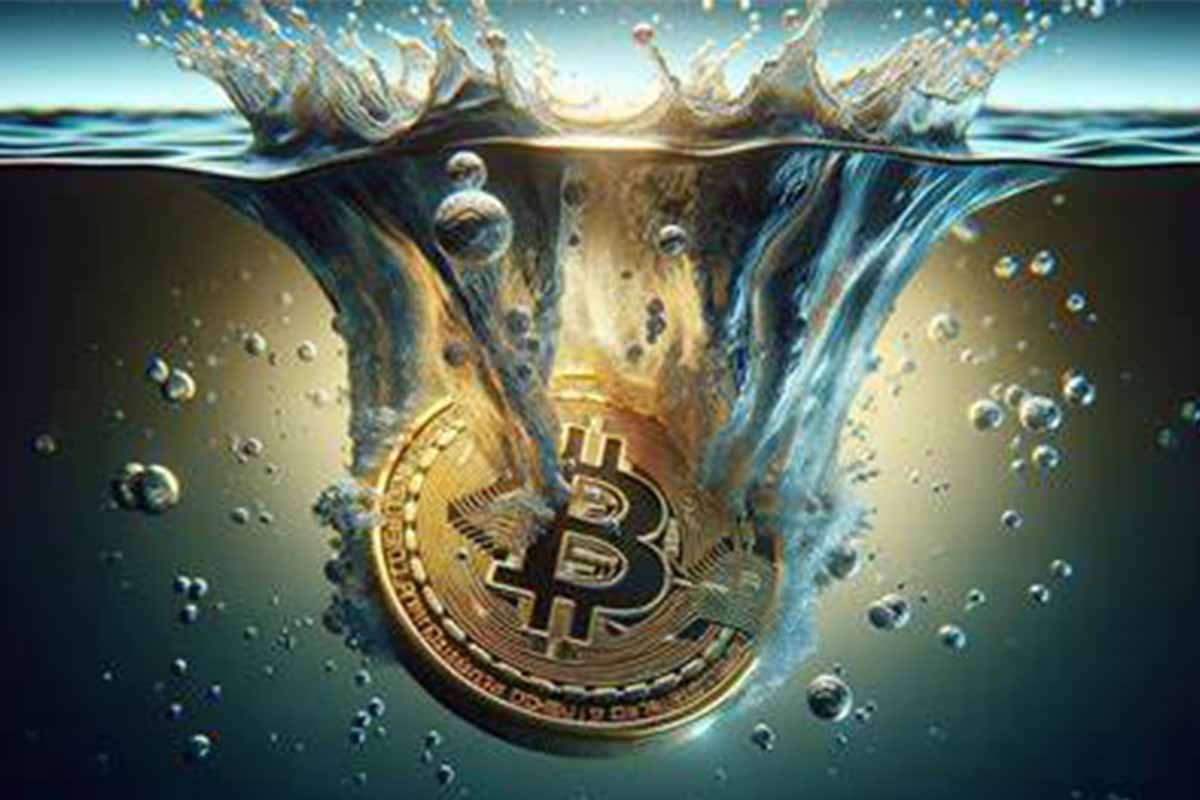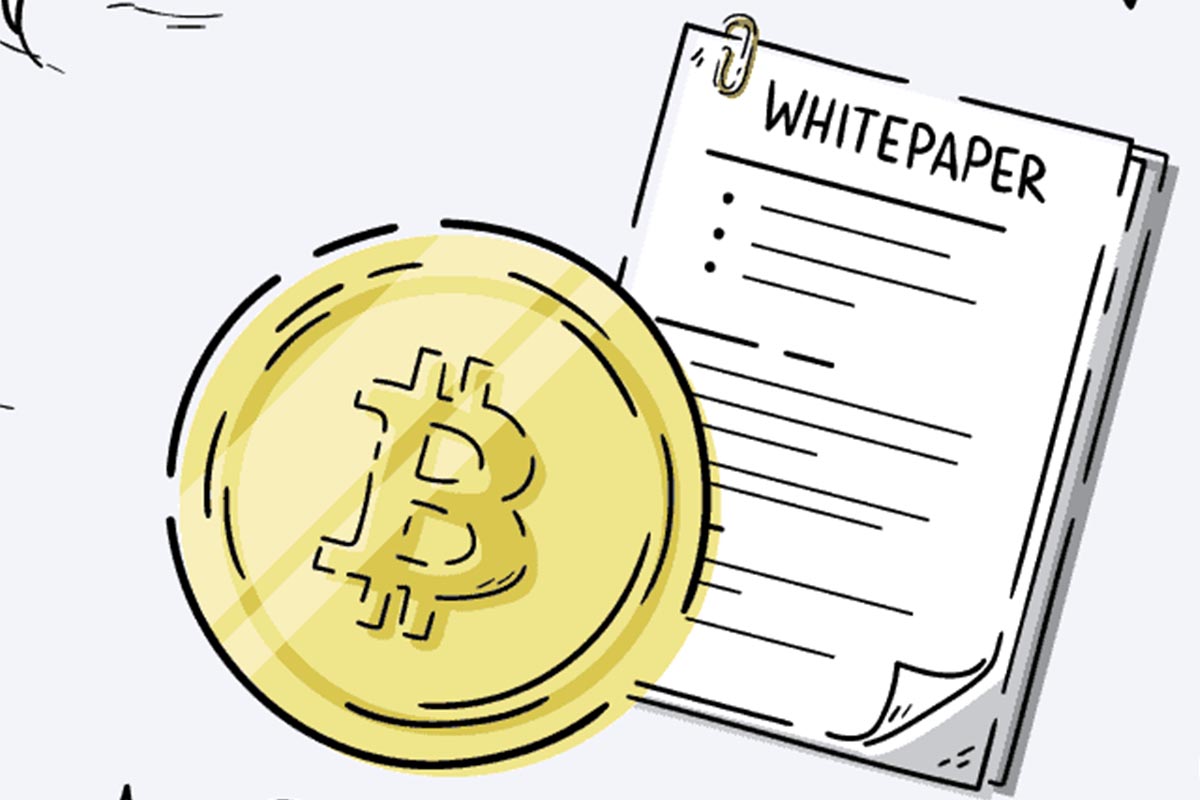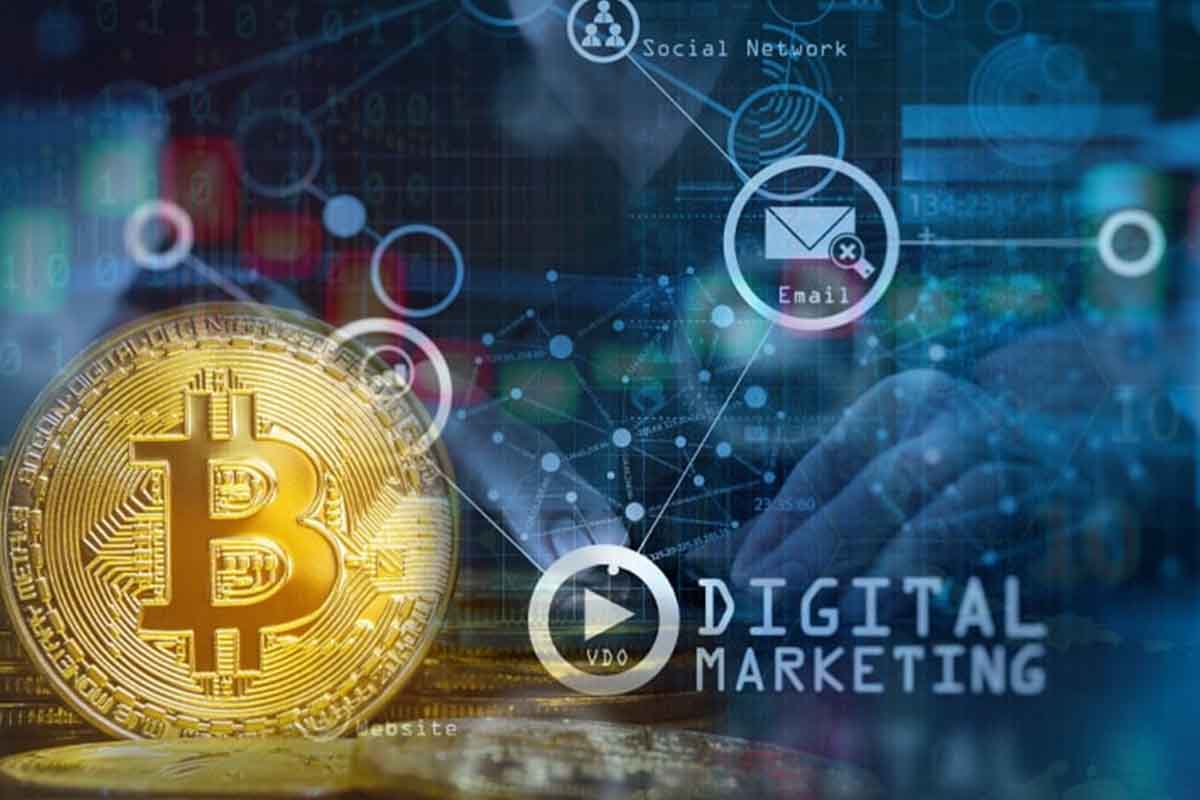The Internet of Things (IoT) has emerged as one of the most transformative technological phenomena of the 21st century. This in-depth exploration traces the development of IoT, from its conceptual beginnings to its current state as a ubiquitous part of modern life and looks ahead to its future prospects.
The development process of the Internet of Things
The Conceptual Foundations of IoT
Early Concepts and Precursors
1960s and 1970s: The concept of interconnected devices can be traced back to the early days of computing and the internet. Innovations like ARPANET and research into distributed networks laid the groundwork for IoT.
1980s and 1990s: The emergence of RFID (Radio-Frequency Identification) technology and the proliferation of wireless networking provided essential building blocks for IoT.
Coining of the Term “Internet of Things”
1999 – Kevin Ashton’s Contribution: While working at Procter & Gamble, Kevin Ashton coined the term “Internet of Things” to describe a system where the internet is connected to the physical world via ubiquitous sensors.
The Early 2000s – IoT Takes Shape
Technological Advancements
Rise of Wireless Networking: Advancements in wireless networking, such as Wi-Fi and Bluetooth, made it feasible to connect devices without the constraints of wired infrastructure.
Miniaturization and Cost Reduction: Key to the growth of IoT was the miniaturization and cost reduction of sensors and processors, making it economically feasible to embed them in various devices.
Initial Applications and Use Cases
Home Automation: Early examples of IoT include home automation systems, where devices like thermostats and lighting systems were connected to the internet for remote control.
Industrial Applications: In the industrial sector, IoT began to be used for tracking assets, monitoring equipment, and optimizing manufacturing processes.
The 2010s – IoT Enters the Mainstream
Proliferation of Smart Devices
Smartphones as IoT Hubs: The widespread adoption of smartphones provided a ubiquitous interface for controlling and interacting with IoT devices.
Growth of Consumer IoT: Products like smartwatches, fitness trackers, and smart home devices became increasingly popular.
Integration with Cloud Computing
Data Processing and Storage: The integration of IoT with cloud computing allowed for the processing and storage of vast amounts of data generated by IoT devices.
Enhanced Functionality: Cloud computing enabled more complex processing and analytics, enhancing the functionality of IoT devices.
Standardization and Interoperability Efforts
Development of Standards: Efforts were made to develop standards and protocols to ensure interoperability among the rapidly growing number of IoT devices.
The 2020s and Beyond – The Future of IoT
Advanced Technologies Shaping IoT
Artificial Intelligence and Machine Learning: The integration of AI and ML with IoT devices is enabling more intelligent and autonomous systems.
Edge Computing: The move towards edge computing is allowing for faster processing and reduced latency in IoT applications.
Expansion into New Domains
Smart Cities: IoT is playing a crucial role in the development of smart cities, with applications in traffic management, waste management, and energy conservation.
Healthcare: The use of IoT in healthcare for patient monitoring, drug management, and personalized care is growing.
Practical Applications of the Internet of Things (IoT): An In-Depth Analysis
The Internet of Things (IoT) has evolved from a futuristic concept into a practical element of our daily lives. This comprehensive analysis covers the multitude of ways in which IoT is currently being applied across various sectors, demonstrating how it’s reshaping our world.
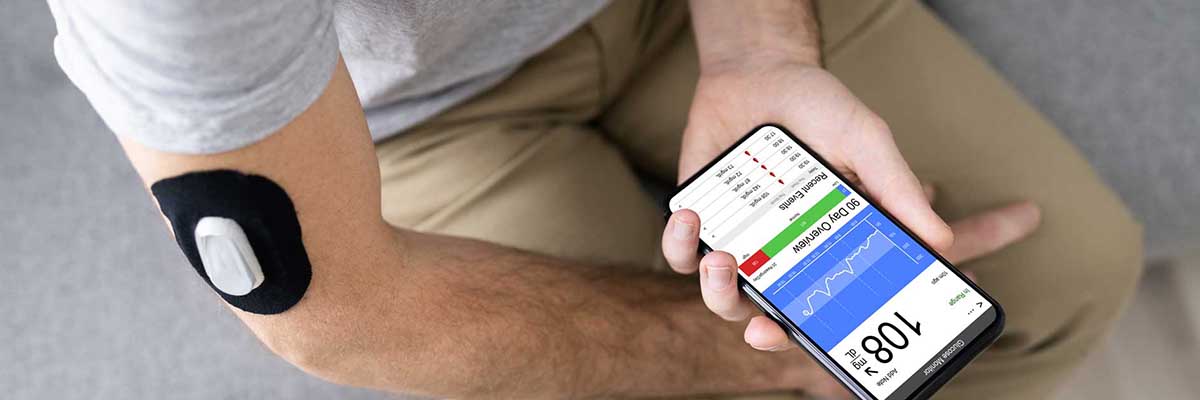
IoT in Everyday Life
Automated Home Systems: IoT devices like smart thermostats, lighting systems, and security cameras offer homeowners convenience and energy efficiency.
Voice-Activated Assistants: Devices like Amazon Echo and Google Home, powered by IoT, allow for voice-controlled management of various household functions.
Health and Fitness Tracking: Smartwatches and fitness trackers monitor vital health metrics, promoting a healthier lifestyle.
Enhanced Connectivity: These devices connect seamlessly with smartphones, providing notifications and tracking data.
IoT in Industry and Manufacturing (Industrial IoT or IIoT)
Predictive Maintenance: IoT sensors in machinery predict equipment failures before they occur, minimizing downtime.
Supply Chain Optimization: IIoT streamlines supply chain processes, providing real-time tracking and inventory management.
Precision Agriculture: IoT devices monitor soil moisture and crop health, enabling farmers to optimize water use and crop yield.
Livestock Monitoring: Sensors track the health and location of livestock, improving herd management.
IoT in Healthcare
Remote Health Monitoring: IoT devices enable remote monitoring of patients, particularly those with chronic conditions, improving patient care and reducing hospital visits.
Wearable Health Devices: Devices like ECG and blood pressure monitors facilitate continuous monitoring of vital signs.
Asset Tracking: IoT helps in tracking medical equipment within hospitals, improving operational efficiency.
Environmental Monitoring: Sensors monitor conditions like temperature and humidity in critical areas like operating rooms.
IoT in Urban Development and Smart Cities
Smart Traffic Lights and Sensors: IoT aids in real-time traffic monitoring, reducing congestion and improving traffic flow.
Parking Solutions: IoT-enabled parking systems help drivers find available parking spots, reducing traffic caused by parking searches.
Smart Waste Bins: IoT-connected waste bins monitor waste levels, optimizing collection routes and frequencies.
Smart Grids: IoT facilitates the creation of smart grids, improving energy distribution and efficiency.
Sustainable Urban Planning: IoT data aids in planning more sustainable and efficient cities.
IoT in Retail and Commerce
RFID Tags and Sensors: These track inventory in real-time, improving stock management and reducing losses.
Customer Experience Enhancement: IoT technologies like smart shelves and interactive kiosks enhance the shopping experience.
End-to-End Tracking: IoT provides comprehensive visibility of the supply chain, from manufacturing to delivery.
Challenges and The Road Ahead
Challenges
Security Concerns: As IoT devices collect and transmit sensitive data, security remains a significant concern.
Privacy and Ethical Issues: The widespread use of IoT devices raises questions about privacy and the ethical use of data.
The Road Ahead
The IoT industry is expected to continue growing, with ongoing innovation in technology and applications. And there is a growing focus on making IoT more sustainable, both in terms of energy consumption and the environmental impact of devices.
Conclusion
The Internet of Things represents a monumental shift in how we interact with technology, blurring the lines between the physical and digital worlds. From its early conceptualization to its current widespread implementation, IoT has continually evolved, integrating with various technologies and expanding into nearly every aspect of modern life. Looking forward, the potential of IoT seems boundless, promising not only enhanced connectivity and efficiency but also raising important questions about security, privacy, and sustainability that will shape its development in the years to come.
